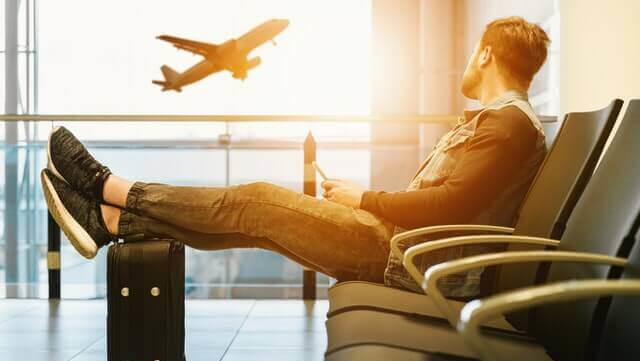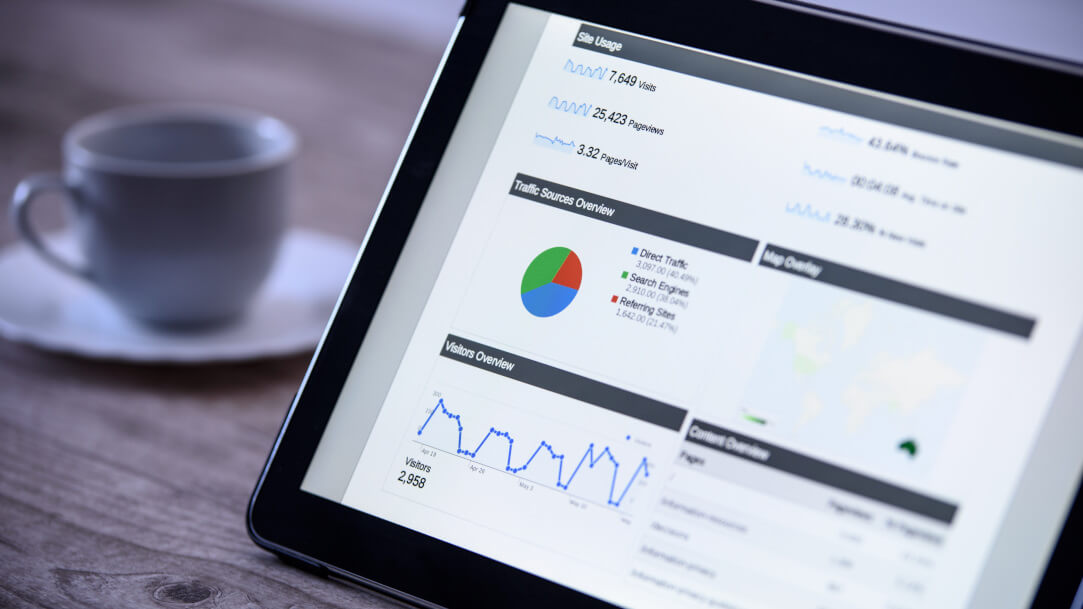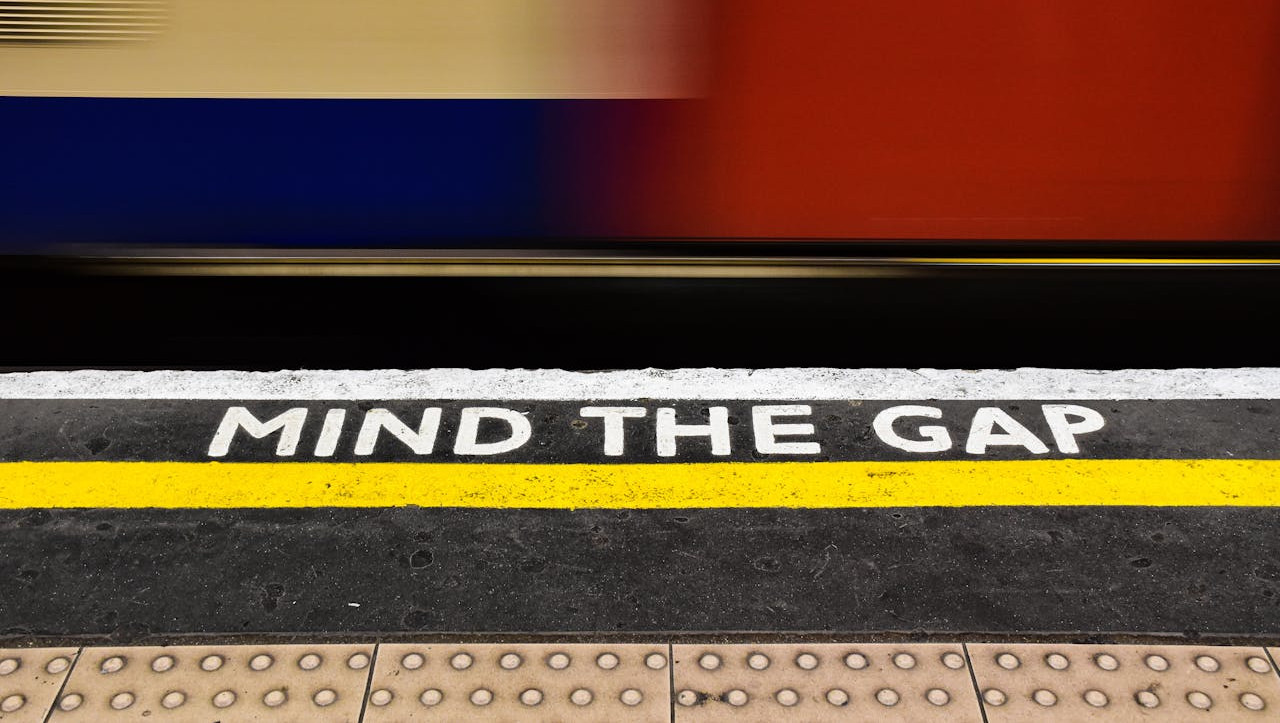No one goes to an airline website to “shop”. And it’s a huge missed opportunity for your airline. Last year, TravelMarketReport wrote that travelers visit up to 277 web pages before booking a trip – 2.5 pages a day in the early phase of planning, and up to 25 on the day of purchase.
NB: This is an article from Flyr, one of our Expert Partners
Subscribe to our weekly newsletter and stay up to date
That incredible number demonstrates that people are open to travel inspiration all the time and are open to engaging with brands that put ideas at their fingertips.
Travelers aren’t just thinking about their trip in the few days they’re actively searching in your Internet Booking Engine (IBE). Your customers are in the inspiration phase for leisure trips while they’re on leisure trips. They’re thinking about a trip while on Instagram, planning their vacation while watching White Lotus, and sharing screenshots, notes, and text messages with their peers. Most of that activity never makes it to your website because – unlike e-commerce sites that allow for “shopping” activity (comparing products, mixing items, building a cart) – ultimately, the only thing your customers can do is search, book, and pay.
That inability to shop means there is no incentive for your customers to engage with your site until they’re ready to book. That means billions of potential itineraries in the pre-planning phase are all at risk, because…
…4.5 billion in-market customers are using every tool they can to plan their travel – except your website
Travel planning is big business. In recent years, a wave of startups has emerged to capitalize on its complexities. Tools like Hopper, Skyscanner, and Google Flights have become integral to the process, offering features such as price tracking, flexible date searches, and predictive analytics. Travelers often spend hours comparing options, reading reviews, and seeking inspiration across multiple platforms before making a decision. This fragmented approach underscores the significant effort and numerous clicks involved in planning a trip, highlighting the need for a more streamlined, centralized solution.
Every moment customers spend in these tools represents a level of risk that they’ll book with someone else. The vast majority of customers travel infrequently and have no loyalty to a particular carrier. They treat air travel as a “commodity.” As then-American Airlines president Scott Kirby stated, 87% of the airline’s revenue came from passengers who only flew once with them.





